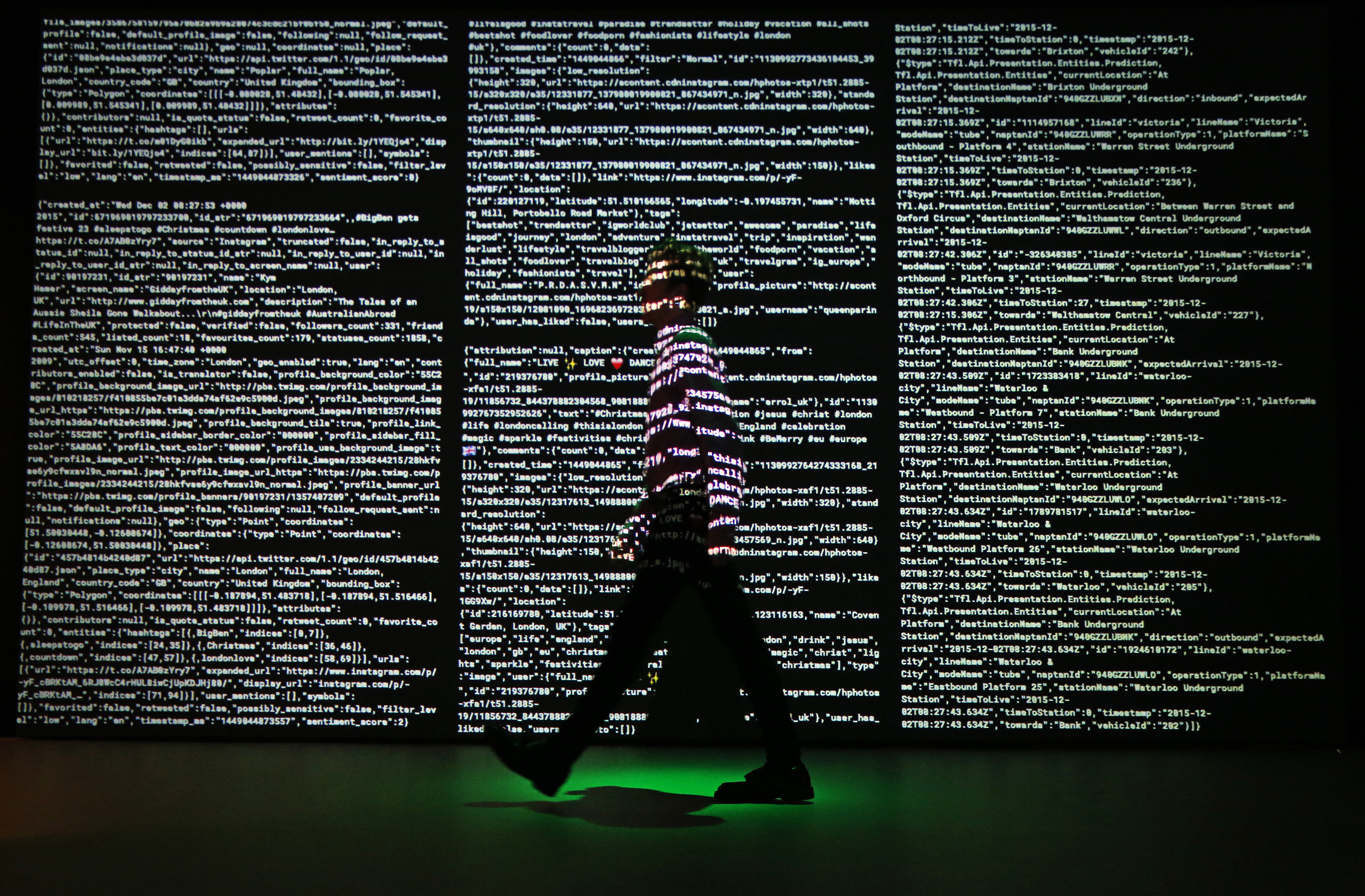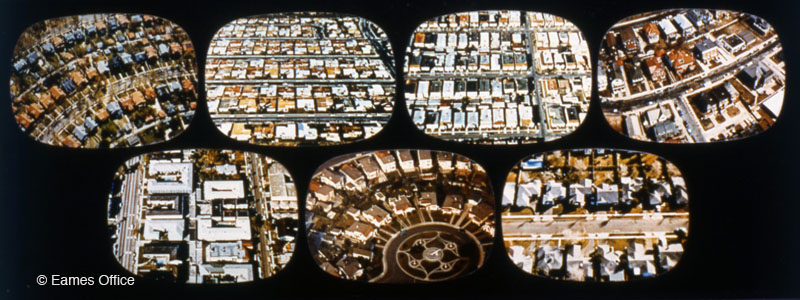Data Streams by Tekja, at the Big Bang Data exhibition, offers a glimpse of data visualized to capture the “pulse of the city”. “A culture value” is given to data that is then analysed for understanding the sentiment of people’s information in London, creating a live social media map of the city. Such a project initiates notions of space – code/space and media space, software, and temporality, in the digital embodiment of people in the city, as well as questioning the public/private domain of data.
The differentiation between online and offline space in the city has become blurred as well as has the physicality of public and private space. Such a space is inseparable from media as “sections of urban life crossed over to cyberspace” (Koolhass, 1995 cited in Berry et al, 2013, p.1). The bodily encounters of the public sphere in the everyday experience of city space are mediated by software: daily routine activities that rely on code to function. In fact “software conditions our very existence” (Kitchin and Dodge, 2011, p.IX). Code and space are interdependent as code is written to produce space (Kitchin and Dodge, 2011, p.X) while software captures and processes automated information and data of people in the city – as in Data Stream – with a direct influence on well being and daily participation in life’s urban activities.
Embodied in the city space we respond to mediated digital activity, while human and technological interactions influence identity. As Grosz (1995) proposes “environments actively produce the bodies of their inhabitants” (p.109 cited in Berry et al, 2013, p.4). The software driven environments we inhabit are coded to determine and facilitate people’s everyday activities at four levels: coded objects, coded infrastructures, coded processes and coded assemblages. Code determines what digital technology can do in the network society.
The “connected quality of urban public space” can be visualized in Charles and Ray Eames’ (1959) Glimpses of the USA, a multi-screen performance presenting a “mosaic of information” in the multi-media environments of American daily life (Berry et al, 2013, p.8).
Bibliography
Berry, C. et al. 2013. Public Space Media Space [pdf] Available at: <https://studentcentral.brighton.ac.uk/bbcswebdav/pid-2603511-dt-content-rid-4100858_1/courses/MJM20_SEM2_2013/Berry%20et%20al%282013%29public%20space%2Cmedia%20space.pdf> [Accessed 24 February 2016].
Eames Official Site: Glimpses of the USA Film [online] Available at: <http://www.eamesoffice.com/the-work/glimpses-of-the-u-s-a-film/> [Accessed 24 February 2016].
Kitchin, R., and Dodge, M., 2011. Code/Space Software and Everyday Life [pdf] Available at: <https://studentcentral.brighton.ac.uk/bbcswebdav/pid-2603511-dt-content-rid-4041075_1/courses/MJM20_SEM2_2013/_01.pdf> [Accessed 24 February 2016].
Tekja: London Data Findings – Big Bang Data Exhibition in Somerset House, London [online] Available at: <http://bigbangdata.somersethouse.org.uk/tekja-london-data-findings/> [Accessed 24 February 2016].





